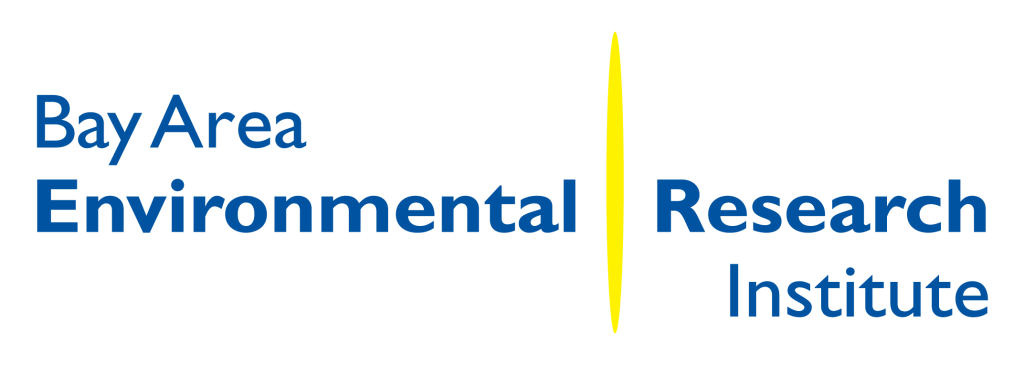Kristina Pistone (she/her)
Research Scientist

I use measurements from airplanes, satellites, and ground-based instruments to study how atmospheric particles affect clouds and climate.
Current research
Questions
We motivate a lot of our work by saying ”aerosols [atmospheric particles] are the largest source of uncertainty in our understanding of the climate system,” which is mostly true. We have a pretty good handle on what carbon dioxide is doing, based on how much we’re putting into the atmosphere, because that research goes back a couple hundred years: The CO2 we emit now will stay in the atmosphere for centuries. With aerosols, the issue is complicated because 1) there are different types of particles—some have an overall heating effect (like black soot), and some cool the climate overall; 2) they’re usually much more localized in time and space than CO2—aerosols stay near where they’re emitted and last a few days to a week depending on if it rains; and 3) aerosols’ overall effects depend on the predominant meteorological conditions, including atmospheric structure and clouds (and aerosols can change the cloud properties in a variety of ways too).
Approach
My biggest project now uses observations to understand the heating effects of the biomass burning aerosols over the southeast Atlantic Ocean and how meteorology influences their radiative effects. We made these measurements in a project called ORACLES (ObseRvations of Aerosols above CLouds and their intEractionS) a few years ago. I also work with the 4STAR instrument, which is an airborne sun photometer: basically, it looks at the sun and measures the amount of sunlight that has passed through the atmosphere above us (either on the ground or on the aircraft when we’re flying). We know how much light we theoretically would measure in a clean atmosphere (no aerosol particles) at a given latitude/longitude/altitude/time. By using the difference between the two, we can determine how much light (at different wavelengths) has been absorbed or reflected by the atmospheric aerosol above the aircraft.
Education
Ph.D. Oceanography (Climate Science). Scripps Institution of Oceanography, UC San Diego, 2014. Advisor, V. Ramanathan. “Observational estimates of planetary albedo changes due to anthropogenic effects.”
M.S. Oceanography. University of California, San Diego, 2009.
B.S. Physics with Specialization in Astrophysics. University of California, San Diego, 2008.
B.A. Honors with High Distinction, Literatures in Spanish. University of California, San Diego, 2008.
Publications
Get in touch: kristina.pistone (at) nasa.gov // @kristinapistone
About Kristina
Where are you from, and what were you doing before BAERI?
I grew up in Orange County, California, and lived in San Diego, California, for 10 years during college and grad school. I came to Ames as a postdoc before I transitioned to BAERI. Between my Ph.D. and Ames, I was studying air quality in Santiago, Chile, on a Fulbright grant and was a Mirzayan Science and Technology Policy Fellow at the National Academy of Sciences in Washington, DC.
What’s one job-related thing that you love talking about with other people?
Besides just that science is cool and it’s everywhere? Gotta talk about climate action.
How about an interest outside of work?
In the Beforetimes I would have said: travel, languages, and yoga. Since COVID: silly feel-good but also actually-good TV (thinking The Good Place and Crazy Ex- Girlfriend), community gardens, and smashing the patriarchy in all its forms and rebuilding it into something equitable, anti-racist, intersectional, and just, like, better? Legos! Yeah, let’s say “playing with Legos.”
We are a community of researchers, engineers,
explorers, writers, and more. Our shared belief
in the power of science inspires our work to
better understand our planet, and the universe.
explorers, writers, and more. Our shared belief
in the power of science inspires our work to
better understand our planet, and the universe.
